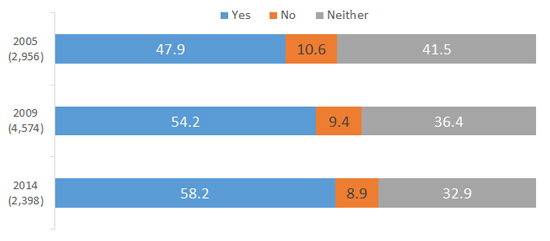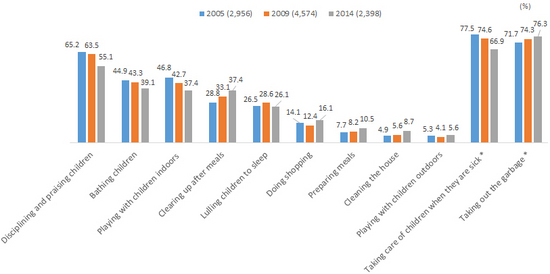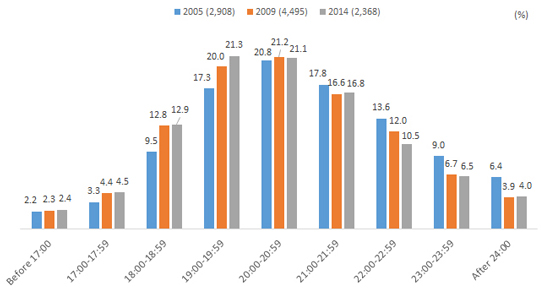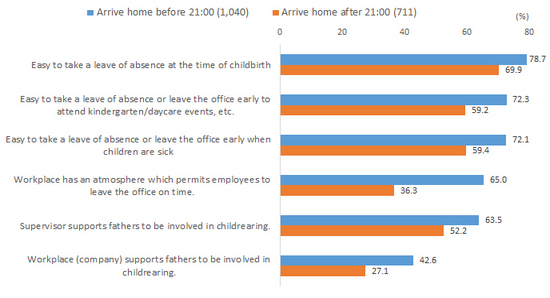Changing Realities of Families with Children
This report will discuss the living conditions and perspectives of families with children, while considering Japan's declining birthrate and the changing environments that families exist in. Associate professor Yasuhiro Kozaki and Professor Masami Ohinata gave their views on the current conditions of fathers and mothers as well as challenges for the future.
Changes in the environment surrounding families with children (Junko Takaoka, Benesse Educational Research and Development Institute)
Benesse Educational Research and Development Institute has conducted its "Survey of Fathers' Views on Childrearing in Japan" three times since 2005, targeting fathers of preschool children living in metropolitan areas. As a result of these surveys, the following four facts were pointed out as changes in the environment in which families with children exist.
1) The number of children attending daycare centers is increasing along with an increase in the number of dual-income households.
2) More fathers of children are motivated to participate in childrearing and housekeeping as the word "Ikumen (fathers involved in childrearing)" became popular in Japan (Figure 1). Nevertheless, the percentage of fathers actually involved in childrearing and housekeeping has not increased as much (Figure 2).
3) The age range of parents became broader due to delayed marriage and childbearing, which led to a diversification of lifestyles and values.
4) The time of fathers' arrival at home after work on weekdays has remained unchanged for the past nine years (Figure 3). The hour of arrival is related to the existence of a working environment that permits flexible working arrangements (Figure 4).
Figure 1. Do you want to participate in housekeeping and childrearing more than before?

Source: "Survey of Fathers' Views on Childrearing in Japan Ⅲ" by the Benesse Educational Research and Development Institute, 2014
Figure 2. Housekeeping and childrearing chores in which fathers are currently involved

Note: Figures are the percentage of the sum of "almost every day" and "three to five times a week." Items marked * are the percentage of the sum of "always" and "sometimes."
Source: "Survey of Fathers' Views on Childrearing in Japan Ⅲ" by the Benesse Educational Research and Development Institute, 2014
Figure 3. Time of fathers' arrival home from work

Note: The respondents who replied "No job" or "Other" as their occupation are excluded.
Source: "Survey of Fathers' Views on Childrearing in Japan Ⅲ" by the Benesse Educational Research and Development Institute, 2014
Figure 4. Fathers' working environments regarding work-life balance

Note: Respondents who replied "Home-based worker," "No job" or "Other" as their current occupation are excluded. Among the rest, responses of fathers with university education or higher were analyzed after classifying into two categories of "Arrive home before 21:00" and "Arrive home after 21:00."
Note: Figures are the percentage of the sum of "Very true" and "Somewhat true."
Source: "Survey of Fathers' Views on Childrearing in Japan Ⅲ" by the Benesse Educational Research and Development Institute, 2014














